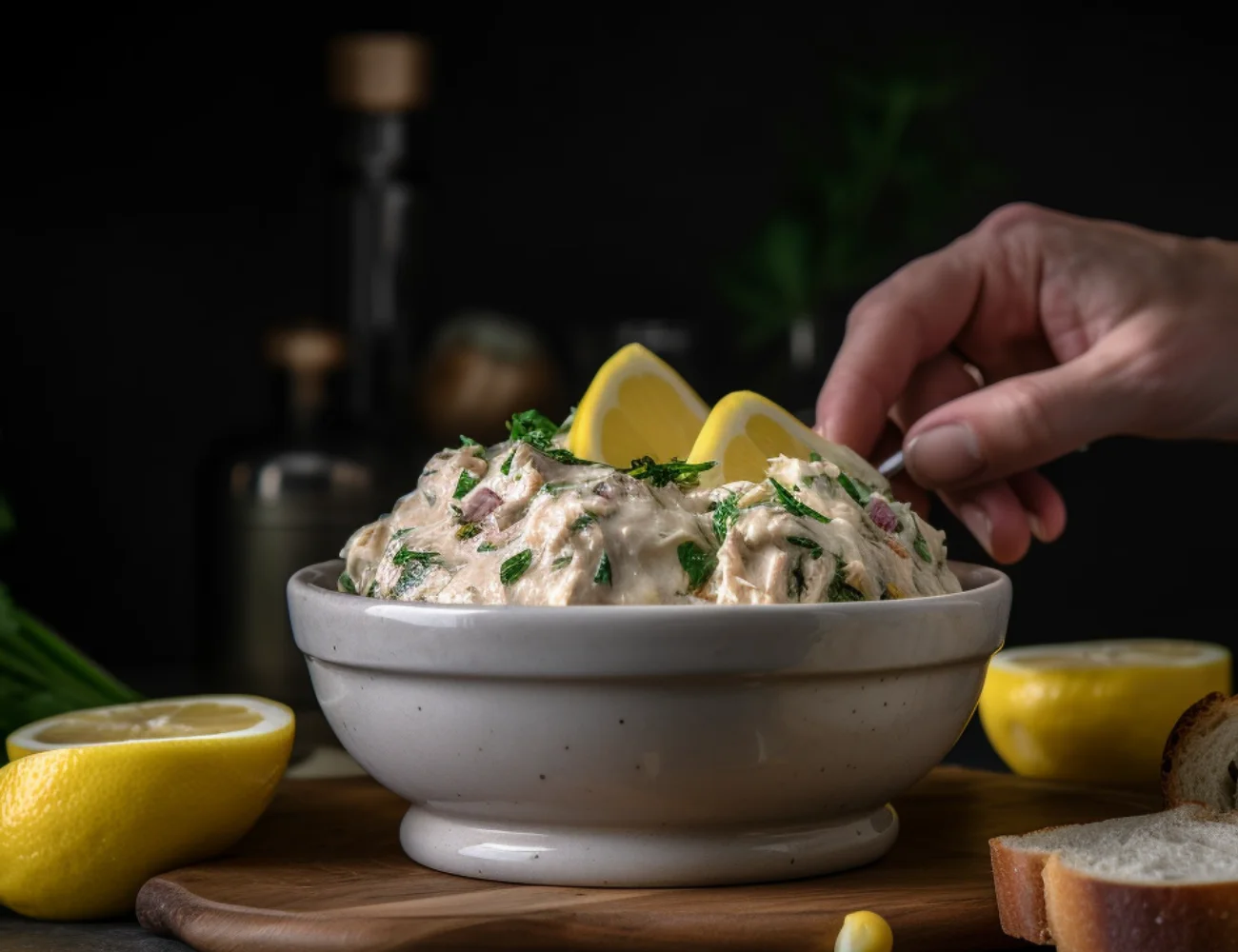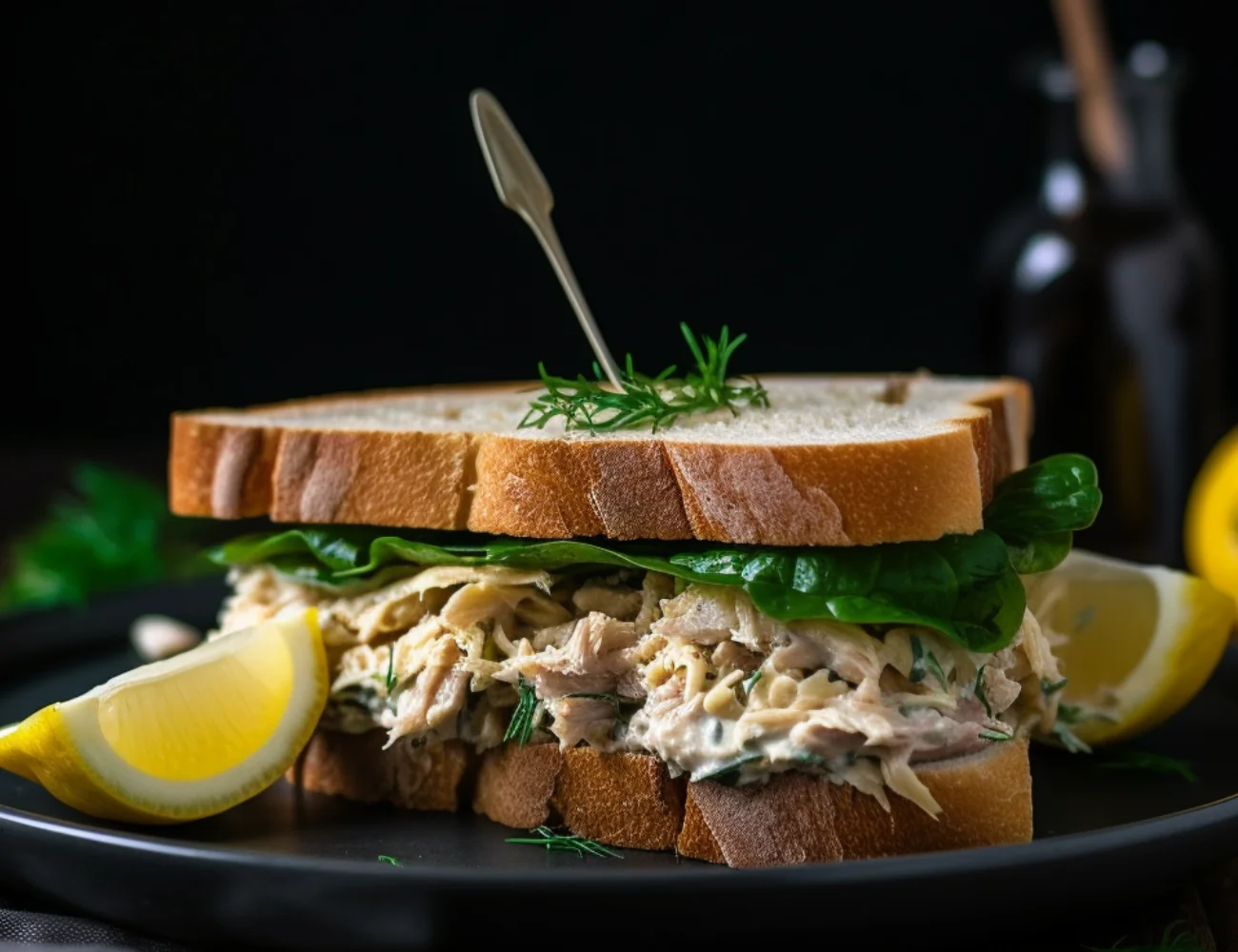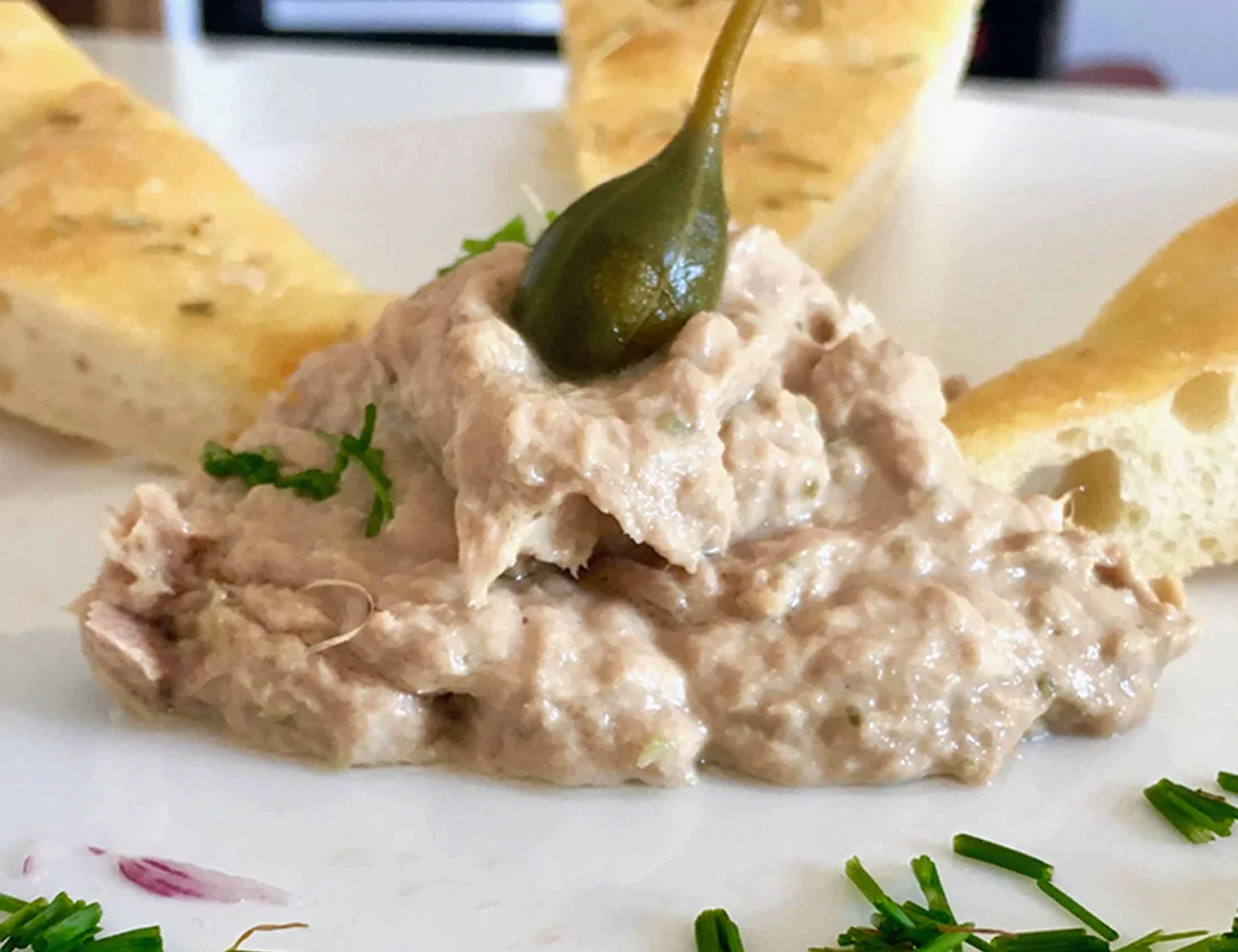Tuna salad and tuna mousse are popular dishes that have been enjoyed for generations. These seafood staples have a long and interesting history in both the United States and Europe, and have undergone many transformations over the years.

Tuna Salad the United States
In the United States, tuna salad first appeared in the early 1900s. At the time, canned tuna was a relatively new product and was not widely available. The recipe for tuna salad was simple – it consisted of canned tuna, mayonnaise, and sometimes chopped celery or onions. It quickly became a popular dish, as it was easy to make and could be served as a sandwich filling or a side dish.
Then WWII Arrived…
During World War II, canned tuna became a staple of the American diet, as it was a cheap and plentiful source of protein. Tuna salad became even more popular during this time, as it was a convenient and satisfying meal that could be made with readily available ingredients.
For more WWII History, check out our article on the original Spaghetti Carbonara recipe!
1950s and 1960s
In the 1950s and 1960s, tuna salad continued to evolve. Some recipes added chopped hard-boiled eggs, pickle relish, or even canned fruit. Others swapped out the mayonnaise for sour cream or yogurt. Tuna salad became a versatile dish that could be adapted to suit individual tastes.
A History of Tuna Mousse
In Europe, tuna mousse has a longer history. In France, it is known as mousse de thon and is often served as an appetizer or a light lunch. The recipe for tuna mousse dates back to the early 1900s and consists of canned tuna, mayonnaise, and cream cheese, blended together until smooth. The mixture is then chilled and served with crackers or toast points.
Tuna mousse gained popularity in the United States in the 1960s and 1970s, when it became a popular party food. The recipe was often jazzed up with added ingredients such as chopped green onions, Worcestershire sauce, or hot sauce. Tuna mousse was a popular dish at cocktail parties and was often served in elaborate molds or shaped into decorative forms.
In the 1980s and 1990s, tuna salad and tuna mousse began to fall out of favor. As Americans became more health-conscious, they began to look for lighter, more nutritious options. Tuna salad was seen as a high-fat, high-calorie dish, and was often replaced with chicken or turkey salad. Tuna mousse was also seen as old-fashioned and outdated, and was often replaced with other appetizers such as hummus or guacamole.
In recent years, however, tuna salad and tuna mousse have seen a resurgence in popularity. As consumers have become more interested in sustainable seafood options, canned tuna has once again become a popular choice.
Tuna Salad and Tuna Mousse Today!
Tuna salad and tuna mousse have also undergone a makeover, with many recipes using Greek yogurt or avocado instead of mayonnaise. In PIATTO’s No Mayo Tuna Salad with Lemon and Artichokes, we just blend part of the tuna salad (which includes olive oil, lemon and artichokes) until smooth, which provides the tuna salad with the creamy element mayo and yogurt often provide.

Other recipes have added ingredients such as capers, olives, or roasted red peppers, to give the dishes a more sophisticated flavor profile. For a tuna mousse recipe featuring capers, check out PIATTO™’s Italian Tuna Mousse recipe!

In fact, in Italy today, Tuna Mousse is an extremely popular sandwich filling for tramezzini bread (a crustless white bread sold in Italian supermarkets). This sandwich is widely available as a to-go lunch or snack and is also a popular bar snack for the Italian aperitivo (like a ‘happy hour’).
In conclusion, tuna salad and tuna mousse have a long and storied history in both the United States and Europe. These seafood recipes have evolved over the years, adapting to changing tastes and cultural influences. While they may have fallen out of favor for a time, they have once again become popular, as consumers seek out sustainable and nutritious options. Whether you prefer your tuna in a sandwich or blended into a smooth mousse, there is no denying the enduring appeal of this versatile and delicious seafood.

